
 Products Center
Products Center
 Stone Crusher
Stone Crusher
 Grinding Mill
Grinding Mill
 Optional Equipment
Optional Equipment
 Mobile Crusher
Mobile Crusher
 Knowledge Hall
Knowledge Hall
 Crushers FAQ
Crushers FAQ
 Grinding Mills FAQ
Grinding Mills FAQ
 Mining Equipments
Mining Equipments
 Solution
Solution
 Stone Crushing
Stone Crushing
 Sand Making
Sand Making
 Ore Processing
Ore Processing
 Grinding Plant
Grinding Plant
 Construction Building Material
Construction Building Material
purifying copper by electrolysis

GCSE CHEMISTRY - Copper - Purification by …
The Purification of Copper by Electrolysis involving Oxidation and Reduction.
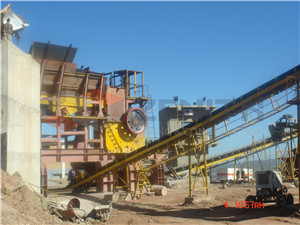
purification of copper by electrolysis metal …
4a. The extraction of copper from copper ores and its purification by electrolysis: How is copper extracted? how is copper purified?

Can copper touch aluminum without electrolysis - …
To allow the metal elements copper and aluminum to interact - thus allowing electrolysis to take place - the metals must not be dry: they must be in contact with an ...

Electrolysis - University of Wisconsin–Madison
Goal: to understand and explore the process of electrolysis Working Definitions: Electrolysis is a electrochemical (redox) reaction brought about by the ...

Water - "Hydrogen Electrolysis Free Information …
An important feature of water is its polar nature. The water molecule forms an angle, with hydrogen atoms at the tips and oxygen at the vertex.

THE EFFECT OF ELECTRICITY ON SUBSTANCES - …
THE EFFECT OF ELECTRICITY ON SUBSTANCES. INTRODUCTION. In chemistry, you might have learnt that some reactions proceed easily (spontaneously) either naturally …
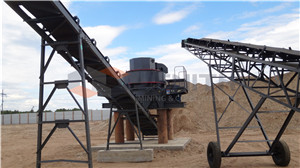
Electrolysis |Chemistry Section Beta-Theta|
Electrolysis is a process in which an electric current is passed through a liquid, causing a chemical reaction to take place.

Doc Brown - Extraction of aluminium and sodium …
3b. The electrolytic extraction of the very reactive metal sodium. The process of electrolysis uses of large amounts of energy in the extraction of a ...

Copper Cathodes | worldcommoditytraders ...
Cathodes of 99.9% purity may be shipped as melting stock to mills or foundries. Cathodes may also be cast into wire rod, billets, cakes or ingots, generally, as pure ...

Classic Chemistry Experiments : Electrolysing …
Classic Chemistry Experiments : The electrolysis of solutions. Classic Chemistry Experiments : Quantitative electrolysis. Classic Chemistry Experiments : Getting ...

Copper purification - Resources - TES
This worksheet contains simple instructions for students to follow when carrying out the copper purification practical. Also contains questions for them to do during ...

Class Definition for Class 205 - ELECTROLYSIS: …
CLASS 205, ELECTROLYSIS: PROCESSES, COMPOSITIONS USED THEREIN, AND METHODS OF PREPARING THE COMPOSITIONS: Click here for a printable version …

Electrolysis ; Principle , Faraday's Laws and …
Electrolysis: Electrolysis is the process of inducing a chemical reaction which does not occur naturally or spontaneously with the help of Direct Current or electricity.

Melting and Casting of Copper and Aluminum …
Aluminum and copper are second and third most produced metal worldwide after iron (steel). But in melt treatment technologies they are probably the number one.

electrolysis (chemical reaction) -- Encyclopedia …
electrolysis, process by which electric current is passed through a substance to effect a chemical change. The chemical change is one in which the substance loses or ...

Electrolysis: The Way of the Future - HubPages
Electrolysis is performed by running direct current through a liquid, usually water. This causes the ions in the water to gain and release charges at the electrodes.

copper extraction and purification - chemguide
This page looks at the extraction of copper from its ores, its purification by electrolysis, and some of its uses. Extracting copper from its ores

Science Projects - Splitting Water - California
Water is a simple chemical made from two gases -- hydrogen and oxygen. Every molecule of water has two atoms of hydrogen for every atom of oxygen.

BBC - GCSE Bitesize: Purification of copper
In this process, the positive electrode (the anodeanode: The positive electrode during electrolysis.) is made of the impure copper which is to be purified. The ...
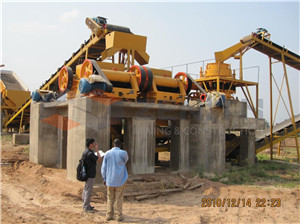
What is the best electrode material for the …
What is the chemical equation for the electrolysis of water? Electrolysis of water produces hydrogen and oxygen gases at different electrodes. 2H2O(l) --> 2H2(g ...
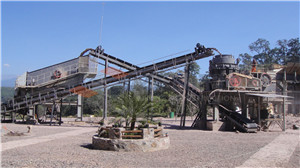
CR Scientific: Articles: Experiment in Small-scale …
Introduction: Over the course of studies in mineralogy and jewelry-making, it's easy to accumulate a pile of silver scraps. While not nearly as expensive as gold ...
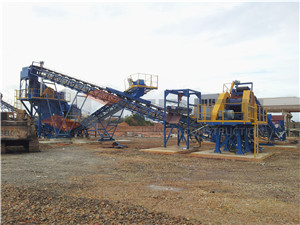
What factors affect the amount of copper plated …
What factors affect the amount of copper plated from a CuSO 4 solution? What factors affect the amount of copper collected on the cathode when two copper electrodes ...

Copper Concentrates - Cargo Handbook - the …
Description. Copper extraction techniques refers to the methods for obtaining copper from its ores. This conversion consists of a series of chemical, physical, and ...
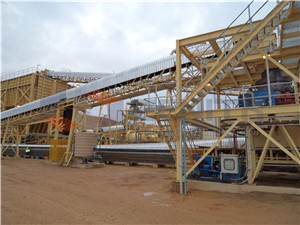
Crystals - Wicca Wiki
Introduction to Crystals & Gemstones Edit. Crystals vibrate to at different frequencies to enhance healing. Quartz crystals have excellent healing properties.

Hall–Héroult process - Wikipedia, the free …
Elemental aluminium cannot be produced by the electrolysis of an aqueous aluminium salt because hydronium ions readily oxidize elemental aluminium.

Choosing and Troubleshooting Copper …
Excluding the specialty and continuous-strip plating industries, more copper is plated than any other decorative metal except for nickel. There are several reasons ...

Central Scientific Company (CENCO) Catalog C …
Central Scientific Company (CENCO) Catalog C 218 (1918) - Free ebook download as PDF File (.pdf) or read book online for free. CENCO Scientific Company Laboratory ...

ENZYME STRUCTURE AND FUNCTION definition …
enzyme, biological catalyst catalyst, substance that can cause a change in the rate of a chemical reaction without itself being consumed in the reaction; the changing ...

Materials Handboook - Scribd
Part 1 Materials, Their Properties and Uses 2 ABLATIVES ABLATIVES. Materials used for the outward dissipation of extreme- ly high heats by mass removal.

Class Definition for Class 204 - CHEMISTRY: …
155+, for preparing or purifying compounds or elements involving chemical reaction brought about by electrical or wave energy in a magnetic field.

Copper purification - Resources - TES
This worksheet contains simple instructions for students to follow when carrying out the copper purification practical. Also contains questions for them to do during ...

Class Definition for Class 205 - ELECTROLYSIS: …
CLASS 205, ELECTROLYSIS: PROCESSES, COMPOSITIONS USED THEREIN, AND METHODS OF PREPARING THE COMPOSITIONS: Click here for a printable version …

Electrolysis ; Principle , Faraday's Laws and …
Electrolysis: Electrolysis is the process of inducing a chemical reaction which does not occur naturally or spontaneously with the help of Direct Current or electricity.
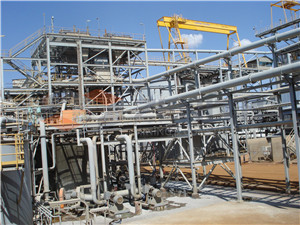
Melting and Casting of Copper and Aluminum …
Aluminum and copper are second and third most produced metal worldwide after iron (steel). But in melt treatment technologies they are probably the number one.

electrolysis (chemical reaction) -- Encyclopedia …
electrolysis, process by which electric current is passed through a substance to effect a chemical change. The chemical change is one in which the substance loses or ...

Electrolysis: The Way of the Future - HubPages
Electrolysis is performed by running direct current through a liquid, usually water. This causes the ions in the water to gain and release charges at the electrodes.

copper extraction and purification - chemguide
This page looks at the extraction of copper from its ores, its purification by electrolysis, and some of its uses. Extracting copper from its ores

Science Projects - Splitting Water - California
Water is a simple chemical made from two gases -- hydrogen and oxygen. Every molecule of water has two atoms of hydrogen for every atom of oxygen.

BBC - GCSE Bitesize: Purification of copper
In this process, the positive electrode (the anodeanode: The positive electrode during electrolysis.) is made of the impure copper which is to be purified. The ...

What is the best electrode material for the …
What is the chemical equation for the electrolysis of water? Electrolysis of water produces hydrogen and oxygen gases at different electrodes. 2H2O(l) --> 2H2(g ...
- Last Product: classifier for fine coal
- Next Product: dust explotion coal crusher